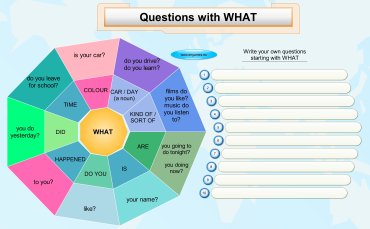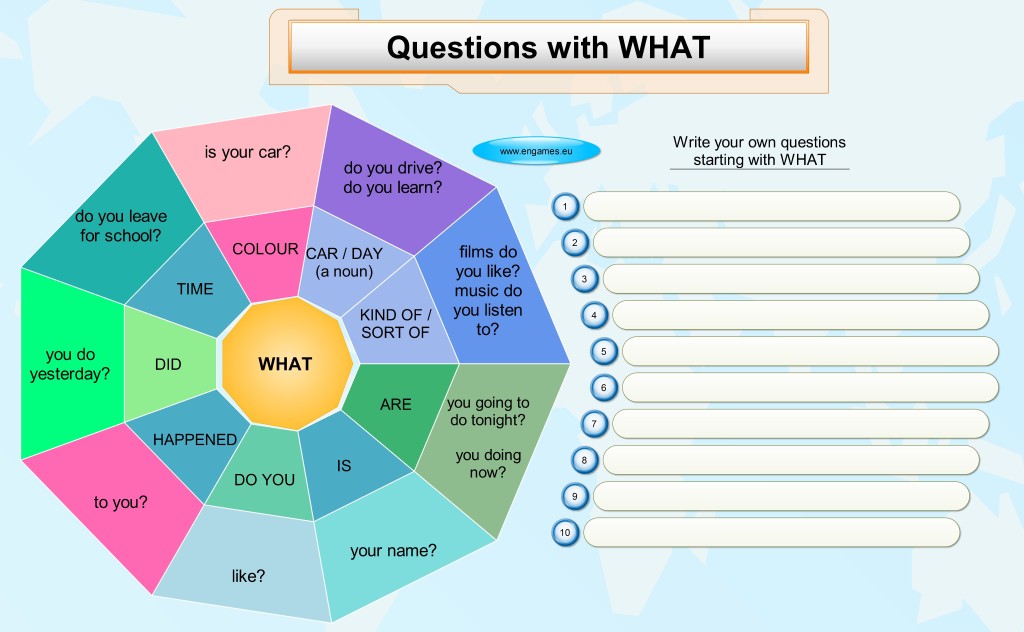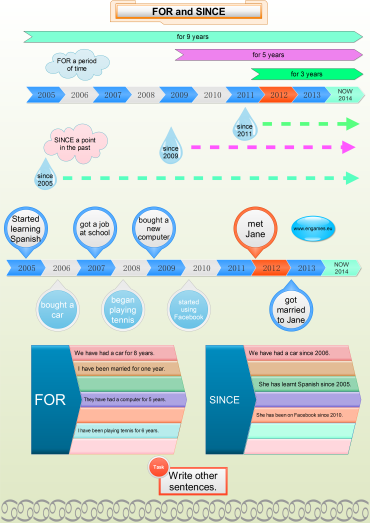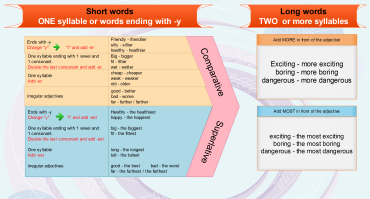Our most popular post is about questions with HOW. There is another post on all the WH question words. In this post I would like to deal with the questions starting with the word WHAT. To help you with this grammar there is a mind map and two games.
ADVERT:
[showmyads]
Questions with the word WHAT – mind map
There are three set phrases which you should learn by heart: What happened? What is he like? and What does she look like?
The mind map clearly shows the usage of the word WHAT and it is designed in such a way that it can be used as a worksheet too. Your task is to write 10 correct questions starting with WHAT there.
Questions with the word WHAT – games
If you are using a mobile phone click here, to see it on the full screen.
Questions with WHAT – Mobile quizThe second game is in flash and it will play only on desktops. It is called Penalty and your task is to answer the questions and score. Could you be a professional footballer?? 🙂
Questions with WHAT – PenaltyHope, want and would like belong into the group of verbs which are followed by the infinitive. If you click the link above you can see a complete solution for these verbs for intermediate learners of English. In this post we would like to teach how to use only the three verbs HOPE, WANT and WOULD LIKE so it is suitable for elementary learners of English.
We are not going to explain the differences in meaning as these are very small and the best way about them is by consulting a bilingual dictionary. In this post we would like to deal with the grammar of these three verbs (they are followed by the infinitive with TO). There are two games, a mind map and a worksheet to practise or learn the given grammar point.
Verbs followed by TO infinitive – graphic
ADVERT:
[showmyads]

If you are a teacher, you can ask your students to use the mind map above and make as many sentences as they are capable of. Of course, they will have to add some words to start and finish the sentences.
The second graphic features three jokes which contain the target structures and then the students should write their own jokes using the structures given.
Verbs followed by TO infinitive – games
The second game is called Tic-Tac-Toe. Your task is to drag the words into the correct places and then win the game. Place the crosses into such places to have three in a row. There is just one way to win the game. Can you find it?
Verb patterns – tic tac toeHave you ever tried to memorise the following list of verbs to know when you should use TO and when the ending ING?
ADVERT:
[showmyads]
Honestly, I have never been able to commit the list to memory. And even when I thought that I know the verbs I was not really sure which form follows them. And my students had the same problem.
So I have written a post on verb patterns. But it did not work. The division of the verbs was too complicated.
And when I started to be desperate I read a short comment under a post on verb patterns. There the author described his simple rule which worked in nearly 100% cases.
The rule goes like this: “If the first verb happens before the second verb, use TO. If the second verb happens at the same time or before the first verb use the ending -ING with the second verb. For example: I want to go out. (First I want and then I will go out) She stopped smoking. (First she smoked and then she stopped.) He agreed to do it. (First he agreed and then he did it)”
Simple, isn’t it? However, you have to be careful as the rule does not work for the verbs suggest, pretend and fail.
Below you can see the idea in a mind map and lower you can test it in several games.
Verb patterns – mind map
Verb patterns – games
In the second game, you should complete the quiz and if you succeed you can play the game Rock, Paper, Scissors.
For and since are often given as the key words which signal that present perfect tense should be used. It is not 100% true but it makes life easier for elementary and lower intermediate students.
However, sometimes it is difficult for learners to know which word they should use. The rule is simple. FOR is used when we give the length of the time (for three days) and since is used when we give the beginning of the time (since Monday). You can see the graphical explanation of this rule below.
ADVERT:
[showmyads]
In this post you can find an interactive video, where the grammar is explained and tested by the experts from BBC learning English.com, a mind map explaining the difference between FOR and SINCE graphically and a quiz with a game to practise the correct usage of the words For and SINCE.
FOR and SINCE – interactive video
For and SINCE – interactive video
FOR and SINCE – mind map
FOR and SINCE – games
FOR and SINCE – quiz
There are 22 items in this quiz. If you answer more than 60% of all the questions correct (that is not so difficult) you can play the game called Rock, Paper and Scissors. In this game you win if you give a Rock and your opponent scissors, you give a paper and your opponent gives rock and finally, you win if you give scissors and your opponent gives a paper.
SINCE and FOR – fling the teacher game
This game is slightly more difficult as you mustn’t make a mistake to win. You have to answer all the questions correctly to build the machine and fire your teacher 🙂 You can use up to three helps which are displayed on the screen.
Comparative is used when you want to compare two things. For example one person is tall and the other is short. So you will say: Person A is taller than person B. OR Person B is shorter than person A.
You can see some more examples below in the picture.

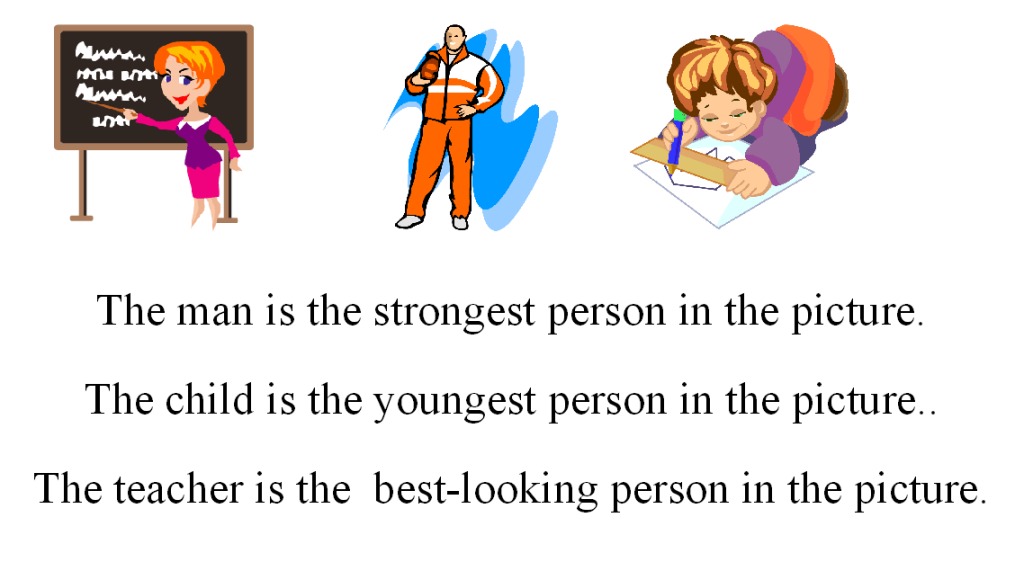
Grammar explanation – mind map
If the adjective has two or more syllables and it does not end with “Y” then it is a long adjective and you have to add “more” or “most” in front of the adjective.
Advert:
[showmyads]
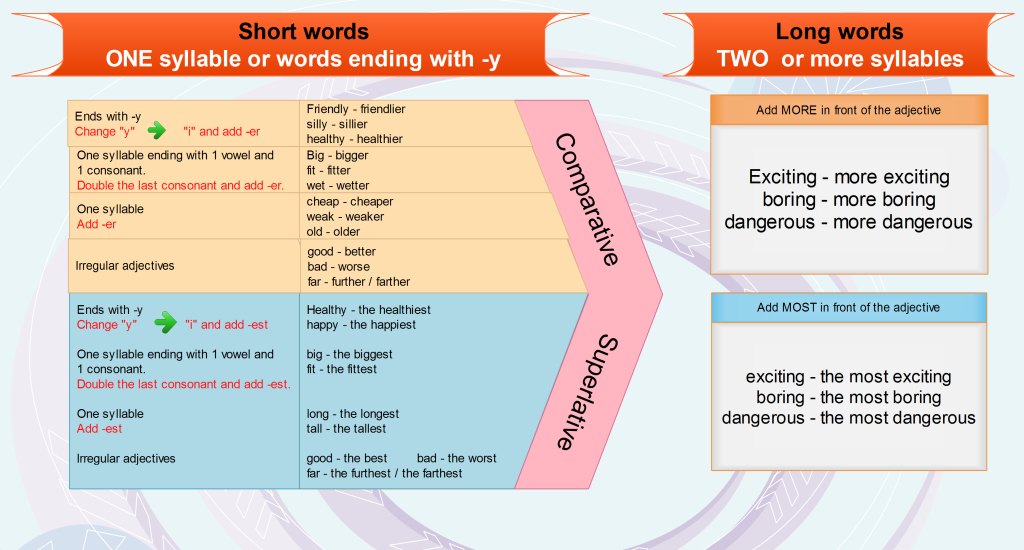
Irregular adjectives
You have to learn the following adjectives.
good – better – the best
bad – worse -the worst
far – futher / farther – the furthest / the farthest
little – less – the least
Games
Comparatives and superlatives – Teacher invaders
In the second game you have to complete the sentences with the correct form of the adjective.
Comparatives and superlatives – Penalty
